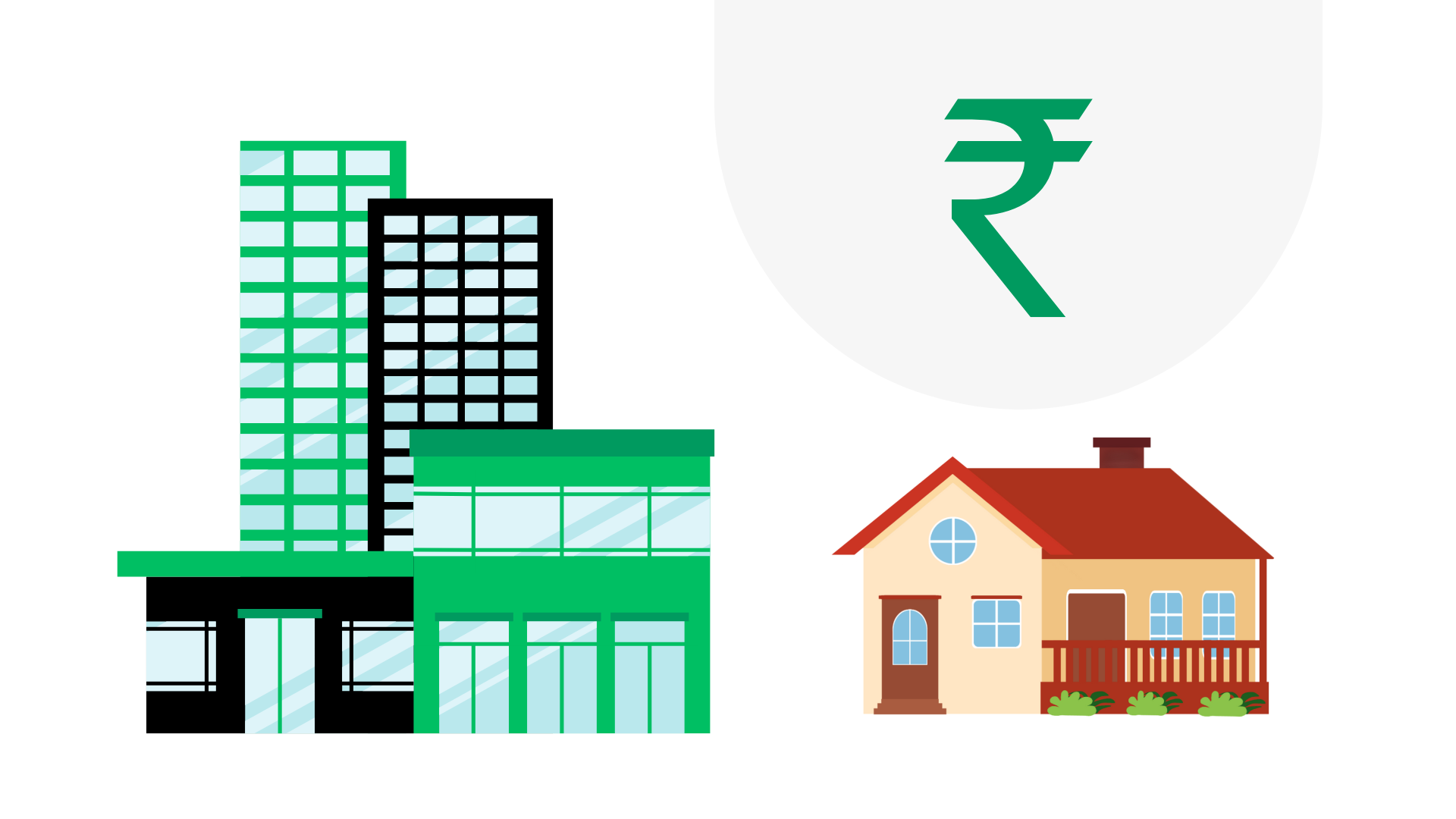Understanding Collateral
Finance Series I Education Hub

Collateral in the financial world is an asset that a borrower pledges as security for a loan.
For example, when a homebuyer obtains a mortgage, the home serves as the collateral for the loan. For a car loan, the vehicle is the collateral. A business that obtains financing from a bank may pledge valuable equipment or real estate owned by the business as collateral for the loan.
Learning Tip
Collateral is an item of value pledged to secure a loan. Collateral reduces the risk for lenders If a borrower defaults on the loan, the lender can seize the collateral and sell it to recoup its losses.
Understanding
How Collateral is Used?
Before a lender issues you a loan, it wants to know that you have the ability to repay it. That’s why many of them require some form of security.
This security is called collateral, which minimizes the risk for lenders by ensuring that the borrower keeps up with their financial obligation. The borrower has a compelling reason to repay the loan on time because if they default, they stand to lose their home or other assets pledged as collateral.
Loans secured by collateral are typically available at substantially lower interest rates than unsecured loans. A lender’s claim to a borrower’s collateral is called a lien, a legal right or claim against an asset to satisfy a debt.
In the event that the borrower does default, the lender can seize the collateral and sell it, applying the money it gets to the unpaid portion of the loan. The lender can choose to pursue legal action against the borrower to recoup any remaining balance.
Let’s see the various types of collateral loans.
Loan Types
Types of Collateral and Loans
The nature of the collateral is often predetermined by the loan type. When you take out a mortgage, your home becomes the collateral. If you take out a car loan, then the car is the collateral for the loan.
Mortgage: A mortgage is a loan in which the house is the collateral. If the homeowner stops paying the mortgage for at least 120 days, the loan servicer can begin legal proceedings, which can lead to the lender eventually taking possession of the house through foreclosure.
Once the property is transferred to the lender, it can be sold to repay the remaining principal on the loan.
Home Equity Loans: A home may also function as collateral on a second mortgage or home equity line of credit. In this case, the amount of the loan will not exceed the available equity. For example, if a home is valued at Rs 20,00,000, and Rs 12,50,000 remains on the primary mortgage, a second mortgage or HELOC will be available only for as much as Rs 7,50,000.
Trading Margin: Collateralized loans are also a factor in margin trading. An investor borrows money from a broker to buy shares, using the balance in the investor’s brokerage account as collateral. The loan increases the number of shares the investor can buy, thus multiplying the potential gains if the shares increase in value.
Get PRO
Get access to exclusive premium features and benefits. Subscribe a PRO plan.

